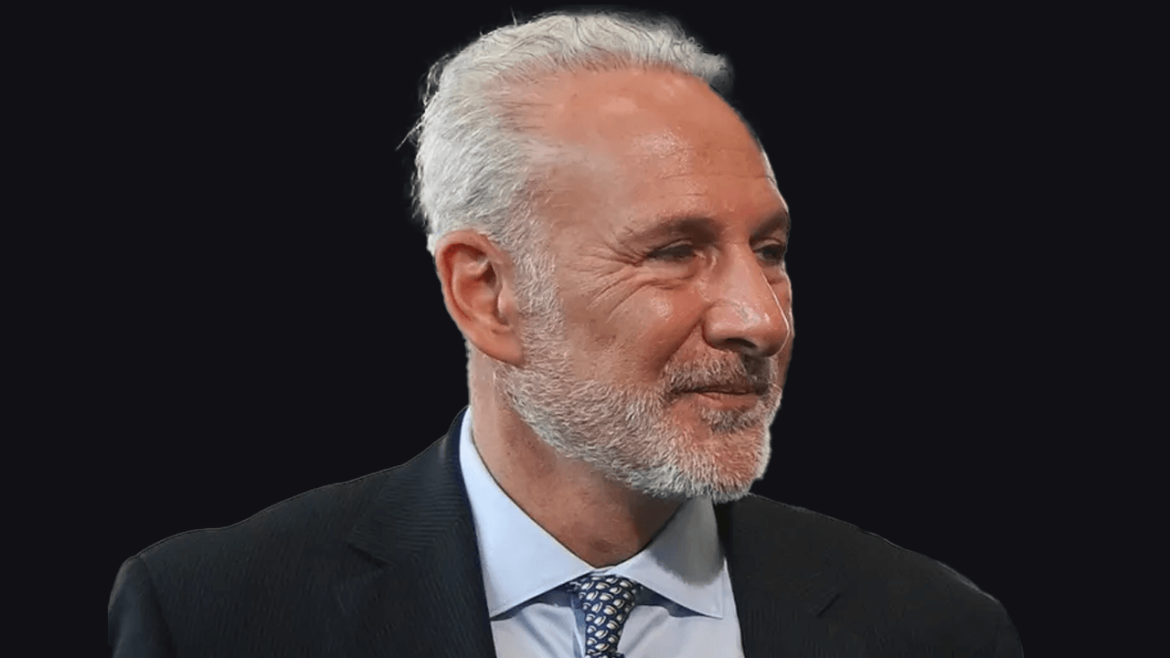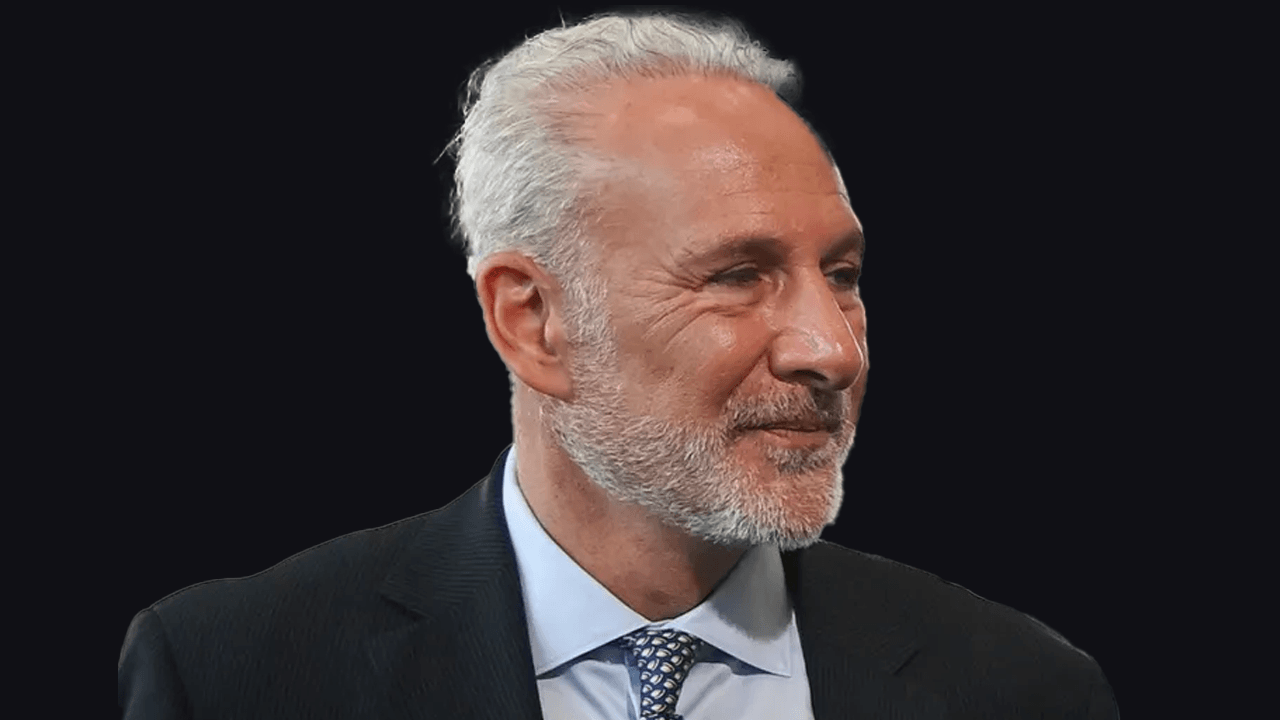The labor market, a critical barometer of economic health, is a constant subject of scrutiny and debate. Economist Peter Schiff has carved out a niche for himself as a vocal critic of mainstream economic narratives, often challenging conventional wisdom regarding employment data and its interpretation. His perspectives, while sometimes controversial, offer a valuable counterpoint to the often-rosy picture painted by official reports and government pronouncements. This analysis delves into Schiff’s criticisms of recent job reports, his broader views on the labor market, and the implications of his arguments for understanding the true state of the economy.
The June Jobs Report: A Target of Skepticism
Schiff has been particularly critical of the U.S. Bureau of Labor Statistics (BLS) reports, specifically targeting the composition of job gains. He argues that a significant portion of newly created jobs are concentrated in “non-productive” sectors, such as government, healthcare, and social services. In June, he contended that 92% of the 147,000 jobs created fell into these categories. This criticism raises several important questions. What constitutes a “productive” job? Is there inherent value in government, healthcare, and social services sectors? Schiff’s perspective suggests a bias towards sectors that directly contribute to wealth creation, such as manufacturing and technology. While these sectors are undoubtedly crucial for long-term economic growth, dismissing the value of jobs in healthcare and social services overlooks their essential role in maintaining social well-being and supporting a healthy workforce. A healthy population is a productive population. It can be argued that these jobs, while not directly producing tangible goods, are essential for a functioning economy.
Schiff’s critique also implicitly challenges the methodology used by the BLS to calculate job creation. The BLS relies on surveys of businesses and households, which are subject to statistical errors and potential biases. While the BLS strives for accuracy, critics argue that its models may not fully capture the nuances of the labor market, particularly in a rapidly changing economic landscape. For instance, the rise of remote work and the gig economy has introduced new complexities that traditional surveys may not adequately address. Additionally, the BLS’s seasonal adjustments and statistical smoothing techniques can sometimes obscure underlying trends, leading to a distorted picture of the labor market’s health.
Beyond the Headlines: Digging Deeper into Labor Market Data
Schiff’s skepticism extends beyond specific job reports. He argues that the headline unemployment rate, often touted as a key indicator of economic health, can be misleading. The unemployment rate only counts individuals who are actively seeking employment. It excludes those who have given up looking for work or are underemployed (working part-time but desiring full-time employment). These factors, Schiff contends, paint a more accurate picture of labor market weakness. For example, the U-6 unemployment rate, which includes discouraged workers and those working part-time for economic reasons, often provides a more comprehensive view of labor market conditions. In recent years, the U-6 rate has consistently been higher than the headline unemployment rate, highlighting the limitations of relying solely on the latter.
Moreover, Schiff highlights the issue of wage stagnation. While job growth may occur, wages have not kept pace with inflation, eroding the purchasing power of workers. This phenomenon contributes to economic insecurity and weakens overall demand. The rise of the “gig economy,” characterized by temporary and contract-based work, has further exacerbated wage stagnation and job insecurity. These jobs often lack the benefits and stability of traditional employment, leaving workers vulnerable to economic shocks. The lack of job security and benefits in gig work can also lead to increased reliance on government assistance, further straining public resources.
The Role of Government and Monetary Policy
Schiff’s critique of the labor market is intertwined with his broader views on government intervention and monetary policy. He is a staunch advocate of free markets and limited government, arguing that government spending and intervention distort the economy and create artificial bubbles. He believes that the Federal Reserve’s easy money policies, such as low-interest rates and quantitative easing, have fueled inflation and created a false sense of economic prosperity. Schiff contends that government spending on “non-productive” sectors diverts resources from wealth-creating activities, hindering long-term economic growth. He advocates for fiscal austerity and a return to sound money principles, arguing that these policies would create a more sustainable and robust economy.
His views contrast sharply with those of Keynesian economists, who argue that government spending can stimulate demand and create jobs during economic downturns. The debate between these two schools of thought highlights the fundamental differences in their understanding of how the economy works and the role of government in managing it. For instance, Keynesian economists might argue that government intervention is necessary to stabilize the economy during crises, while Schiff and other libertarian economists might contend that such interventions only delay necessary adjustments and create long-term imbalances.
The Global Context: China and the Labor Market
Schiff’s analysis of the labor market also considers the global context, particularly the role of China. He argues that China’s economic rise has been fueled by its access to cheap labor and its ability to produce goods at lower costs than the United States. This has led to a decline in manufacturing jobs in the United States and a trade imbalance that, according to Schiff, undermines the American economy. He rejects the notion that the United States is China’s “best customer,” arguing that China benefits more from the trade relationship than the United States. He advocates for policies that would promote domestic manufacturing and reduce reliance on imports from China.
The trade relationship between the United States and China is indeed complex and multifaceted. While the United States imports a significant amount of goods from China, it also exports a substantial amount of services and high-value products. The trade imbalance is often cited as a sign of economic weakness, but it can also reflect differences in economic structures and consumer preferences. For example, the United States has a comparative advantage in services, such as technology and finance, while China has a comparative advantage in manufacturing. A more nuanced understanding of the trade relationship is necessary to assess its true impact on the labor market.
The Contrarian’s Stance: Why Schiff Matters
Peter Schiff’s views on the labor market are often contrarian, challenging the prevailing wisdom and provoking debate. While his criticisms may sometimes be seen as overly pessimistic or simplistic, they serve as a valuable reminder to look beyond the headlines and to critically examine the underlying data. His focus on the quality of jobs, wage stagnation, and the role of government provides a more nuanced understanding of the complexities of the labor market.
Schiff’s voice is particularly important in an era of increasing economic uncertainty. The COVID-19 pandemic has disrupted labor markets around the world, creating new challenges and exacerbating existing inequalities. As the economy recovers, it is crucial to have a diversity of perspectives to inform policy decisions and to ensure that the benefits of growth are shared more equitably. For example, the pandemic has accelerated the shift towards remote work, which has both positive and negative implications for the labor market. While remote work offers flexibility and can reduce commuting costs, it can also lead to job polarization, where high-skilled workers benefit while low-skilled workers face increased competition and lower wages.
Beyond Optimism and Pessimism: A Call for Critical Thinking
Ultimately, understanding the labor market requires moving beyond simplistic narratives of optimism and pessimism. It demands a critical analysis of the data, a consideration of the underlying trends, and an awareness of the different perspectives that shape our understanding of the economy. Peter Schiff’s criticisms, while not always universally accepted, contribute to this critical discourse and encourage a more informed and nuanced understanding of the labor market and its role in shaping our economic future.
The labor market is a dynamic and complex system influenced by a multitude of factors, including technological advancements, demographic shifts, and global economic trends. As such, it is essential to approach labor market analysis with an open mind and a willingness to consider alternative viewpoints. By engaging with diverse perspectives, policymakers, economists, and the general public can gain a more comprehensive understanding of the labor market’s challenges and opportunities, ultimately leading to more informed and effective policy decisions.





